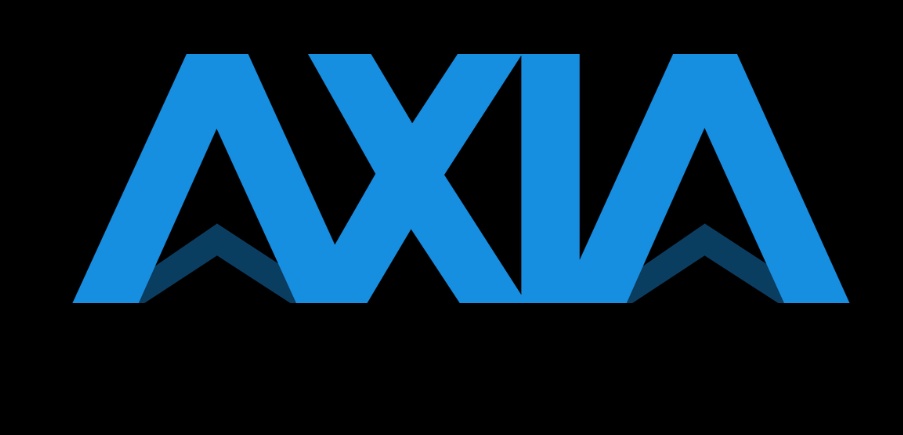As blockchain technology continues to grow and evolve, more and more blockchain networks are being developed. Each network has its own set of features, advantages, and disadvantages. One such network is the Axia network, which aims to provide a scalable and secure platform for decentralized applications (dApps). In this article, we will compare Axia node deployment to other blockchain networks, focusing on the following:
- Scalability
- Security
- Consensus mechanisms
- Smart contract functionality
- Governance
Scalability:
Scalability is a crucial factor in the success of a blockchain network. The Axia network uses a unique approach to scalability, which is different from most other blockchain networks. Instead of relying on the traditional Proof-of-Work (PoW) or Proof-of-Stake (PoS) consensus mechanisms, Axia uses a hybrid consensus mechanism called Proof-of-Verification (PoV). This mechanism enables the network to process transactions faster and more efficiently, thus making it more scalable.
Other blockchain networks like Bitcoin and Ethereum use PoW, which can be slow and resource-intensive. On the other hand, PoS used by networks like Cardano and Polkadot is more energy-efficient but can still be limited in its scalability. Axia's PoV consensus mechanism, therefore, offers a unique advantage over these networks in terms of scalability.
Security:
Security is another critical factor in any blockchain network. The Axia network uses advanced encryption techniques to ensure that all transactions and data on the network are secure. Additionally, the PoV consensus mechanism used by Axia ensures that the network is more resistant to 51% attacks, which is a common threat to other blockchain networks.
Other blockchain networks also use encryption to secure transactions and data on the network. For example, Bitcoin uses SHA-256 encryption, while Ethereum uses a more advanced encryption algorithm known as Keccak-256. However, despite their use of encryption, these networks can still be vulnerable to attacks. Axia's unique approach to consensus through PoV helps to further enhance the security of the network.
Consensus Mechanisms:
The consensus mechanism used by a blockchain network is a critical factor in its scalability, security, and overall success. As mentioned earlier, Axia uses PoV as its consensus mechanism, which combines elements of PoW and PoS. PoV involves the use of nodes on the network to verify transactions and secure the network, rather than relying on expensive mining equipment as in PoW.
Other blockchain networks like Ethereum and Cardano use PoS, which involves using stakeholder's funds to secure the network. Bitcoin and other networks use PoW, which involves miners solving complex mathematical equations to verify transactions and secure the network. While these mechanisms have their advantages, they can be slow and resource-intensive, making them less scalable.
Smart Contract Functionality:
Smart contracts are an essential feature of many blockchain networks, as they enable the creation of decentralized applications (dApps). The Axia network offers advanced smart contract functionality, allowing developers to create complex dApps using the network. Blockchain infrastructure providers can provide blockchain technology and expertise to SMEs and crypto-related startups for a relatively low investment. Also, Infrastructure as a Service enables on-demand resource usage, so budgets are more cost-effective.
Other blockchain networks like Ethereum also offer advanced smart contract functionality, but Axia's unique approach to scalability and security makes it a more attractive option for developers looking to create dApps that can handle large volumes of transactions and data.
Governance:
Governance is another critical factor in the success of a blockchain network. The Axia network has a unique governance structure that allows community members to vote on changes to the network. This approach to governance is more decentralized than other blockchain networks, where decisions are often made by a small group of developers or stakeholders.
Other blockchain networks like Bitcoin and Ethereum also have decentralized governance structures, but the Axia network's approach is more community-driven, making it a more attractive option for those looking for a truly decentralized network.
Conclusion:
In conclusion, the Axia network offers several advantages over other blockchain networks in terms of scalability, security, consensus mechanisms, smart contract functionality, and governance. Its unique approach to scalability through PoV and its advanced smart contract functionality make it an attractive option for developers looking to create complex dApps.


No comments yet